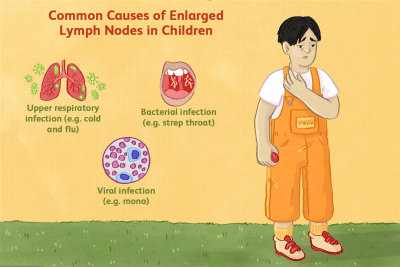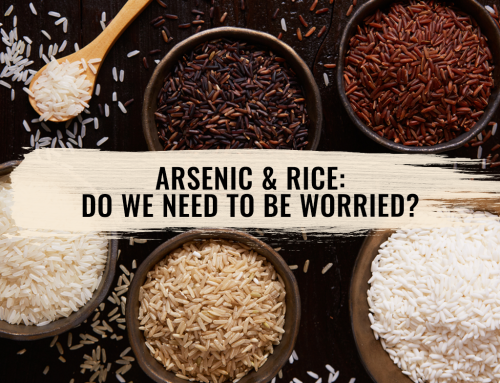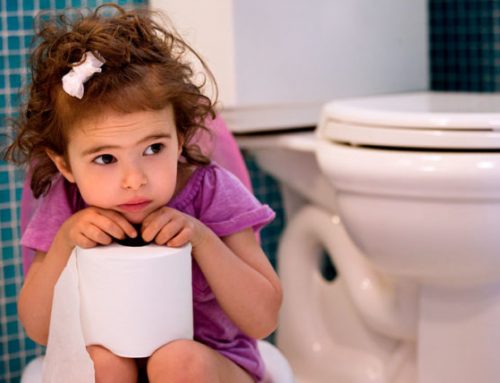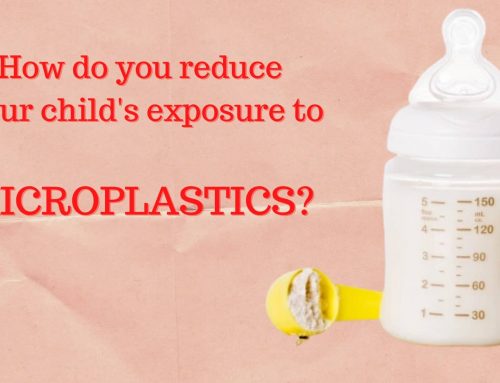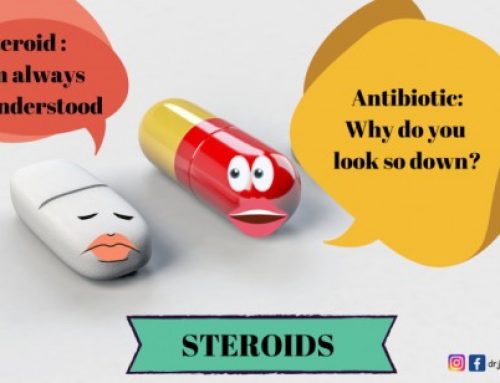Lymph node in children
“Doctor, there is a lump on my child’s head. Should I be worried?”
Almost everyday concerned parents ask me about lumps that are present over their child’s scalp and neck. Most of the time, these tiny lumps are lymph nodes which are normal and do not pose any harm to the child. However, sometimes an enlarged lymph node could be a sign of infection or something more sinister like malignancy.
What are lymph nodes?
Lymph nodes are normal structures which can be felt even in healthy individuals, particularly young children. In a series of children younger than 5 years of age, 44% have lymph nodes which are easily felt while the numbers increase to 64% in children who are sick.
Lymph nodes are part of our immune system and are responsible for filtering, trapping and destroying germs. Lymph nodes are also the site for antibody production. Naturally, when these lymph nodes are ‘overworked’ in the presence of an infection or if they are invaded by cells in the case of malignancy, they will increase in size (enlarge).
Where are lymph nodes located?
Our body has roughly 600 lymph nodes which can be found over the scalp, neck, armpit, groin area and to lesser amount elbow and back of the knee.
What are the characteristics of a malicious lymph node?
Size does matter
Small, tiny lymph nodes are usually harmless. However, any lymph nodes more than 2cm in diameter should be investigated.
Location
Any lymph nodes felt just above the collar bone is abnormal.
Painful lymph nodes
Painful, enlarged lymph nodes with/without overlying redness of the skin is usually a sign of infection.
Generalised lymph node enlargement
The presence of widespread enlarged lymph nodes could indicate an underlying medical illness and should be thoroughly investigated.
Persistently enlarged lymph nodes with other symptoms
Any enlarged lymph nodes lasting more than 2 weeks especially if associated with fever, night sweats, weight loss, joint pain and fatigue will need to be evaluated.
Not all lumps are lymph nodes. Sometimes it can be challenging to differentiate between a lymph node or a cyst (sac-like structure containing liquid or semisolid material). If you are not too sure, it is always a good idea to consult your doctor for any lumps or bumps that your child might have. ?
Reference:
Evaluation and Management of Lymphadenopathy in Children Pediatrics in Review February 2008, 29 (2) 53-60
INTERESTED IN PARENTING ARTICLES?
We have the right articles just for you.
“There is no such thing as a perfect parent. So just be a real one.” – Sue Atkins




